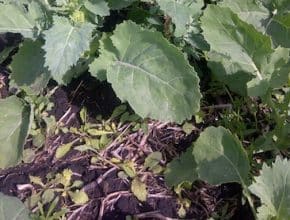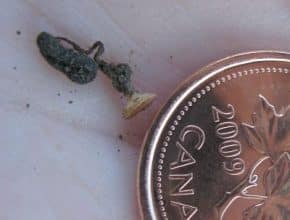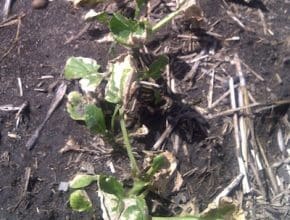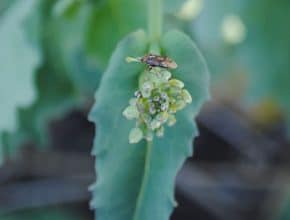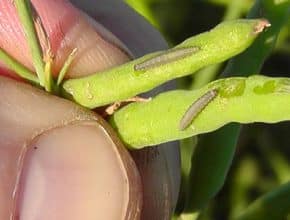Canola fields are being assessed for sclerotinia stem rot risk, especially with decent moisture, dense canopies and good yield potential. We have tips this week on how to assess the risk in each field. Tomorrow’s webinar with Kelly Turkington will help answer more of your questions. Growers are reminded to include lygus bugs in their insect scouting…
June 27, 2012 - Issue 18
-
-
-
Moisture is the key factor in sclerotinia stem rot risk. Good soil moisture and a few rains in the period starting two weeks before flowering and carrying through to infection after flowering will greatly increase the sclerotinia risk. Fungicide sprays, if applied, need to go on canola at between 20% and 50% flower. See this week's photo quiz for a…
-
When topping up with liquid fertilizer, the ideal is to apply when leaves are moist from early dew or a light rain so liquid nitrogen fertilizer runs off quickly. Applying when hot and dry can increase absorption of liquid into the plant, increasing the amount of burn. Consider adding some extra water to the tank in these conditions if waiting…
-
Insecticide control at the bud stage is rarely effective or economical even when counts are 15-20 per 10 sweeps. Under good growing conditions, canola can grow through this early damage without any yield loss. In some cases canola can actually yield more if some early bud feeding occurs. Lygus control at the bud stage may be warranted if all buds…
-
-
Canola hit with light to moderate hail at up to 20% flower may recover with only minimal to moderate yield loss. Plants will flower longer and compensate. More severe damage warrants a call to the insurance adjuster…

